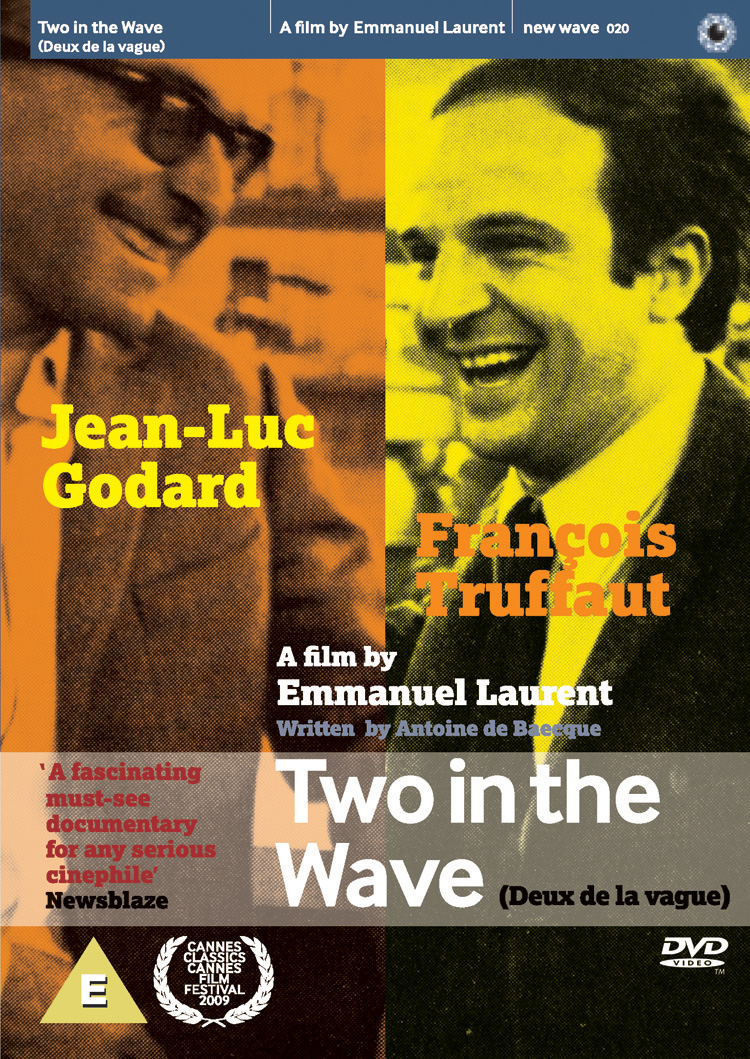Opisthobranchs - definition of opisthobranchs by The Free.
Characteristics. Species in the family Pleurobranchidae have a prominent mantle and an internal shell that becomes reduced or is lost completely in adults. Some adult species have been seen feeding on ascidians. Larval pleurobranchids can be planktotrophic (feeding on plankton), lecithotrophic (deriving nutrition from yolk), or direct developing. Like all Pleurobranchomorpha, they breathe.
Opisthobranch definition is - any of a subclass (Opisthobranchia) of marine gastropod mollusks that have the gills when present posterior to the heart and often lack a shell.

Opisthobranch definition, any gastropod mollusk of the order Opisthobranchia, as the sea slugs, sea butterflies, and sea hares, characterized by a vestigial or absent mantle and shell and two pairs of tentacles. See more.

Guide to Opisthobranchs. The opisthobranchs (Opisthobranchia) comprises more than 3000 species, almost exclusively marine, a variety of shapes, which have reduced the shell to varying degrees (until its demise in adults) and the mantle cavity and gill, have coated its shell with tissue in a greater or lesser degree, in most cases have developed parapodia (lateral extensions of the foot with.

Pulmonate, (subclass Pulmonata), any of various land, freshwater, and marine snails belonging to the class Gastropoda (phylum Mollusca) that have lost their ancestral gills and breathe instead by means of a “lung”—a highly vascularized saclike modification of the mantle cavity. Some snails lack an external shell, but most pulmonates have a spiral shell that may be attenuated or flattened.

Synonyms for opisthobranchs in Free Thesaurus. Antonyms for opisthobranchs. 1 synonym for Opisthobranchia: subclass Opisthobranchia. What are synonyms for opisthobranchs?

Opisthobranchs classification essay; Essayons conjugation biology. 25.11.2019 25.11.2019 Gom Criminal essay 1 comments to post Essayons conjugation biology. This is good news, but it is likely just a blip on the radar. Gang biilogy run deep in Los Angeles, and essayons conjugation biology gains may only be temporary. When you look at the big picture, you see that conjugatiion continue to.

Opisthobranchia definition is - a large order of Euthyneura comprising marine gastropod mollusks having the gills when present posterior to the heart and having no operculum.

The present publication is a new annotated and updated checklist of the opisthobranchs (Mollusca, Gastropoda) from the Spanish and Portuguese coasts, including their Atlantic archipelagos (Azores.

Pleurobrachia; Pleurobrachia bachei with its oral end down Scientific classification; Kingdom: Animalia: Phylum: Ctenophora: Class: Tentaculata: Order: Cydippida: Family: Pleurobrachidae: Genus: Pleurobrachia Fleming, 1822: Species See text Play media. Sea Gooseberry. References This ctenophore-related article is a stub. You can help Wikipedia by expanding it. Last edited on 18 July 2019, at.

Description, classification, synonyms of Subclass Opisthobranchia. Milne-Edwards, 1848 Description — Larva. Veliger with left-coiled shell. — Adult.Body variously detorted. The shell may be external, internal, reduced or lost. Ctenidia and mantle cavity usually reduced or lost. Operculum usually absent.

Phylogeny of the Opisthobranchia The evolutionary relationships of the opisthobranchs to each other and to other gastropod molluscs is an area which has always generated much discussion. In the past decade the use of new computer-based techniques, such as cladistics, and the use of new characters such as DNA analysis, have generated new and interesting ideas.

Abstract. Seventeen species of opisthobranchs from Chesapeake Bay were studied, 4 Cephalaspidea, 6 Ascoglossa, 5 Doridoidea, and 2 Eolidoidea. The radula of “Acteon” punctostriatus from Chesapeake Bay shows that the species comes under Rictaxis Dall, 1871, hence the species called punctostriatus from Brazil, a true Acteon, receives a new name, Acteon pelecais.



